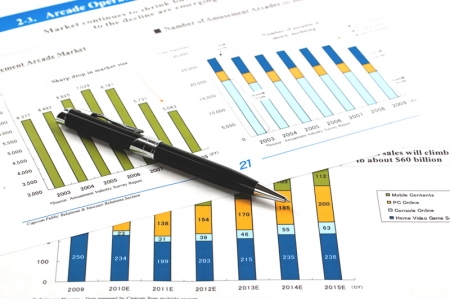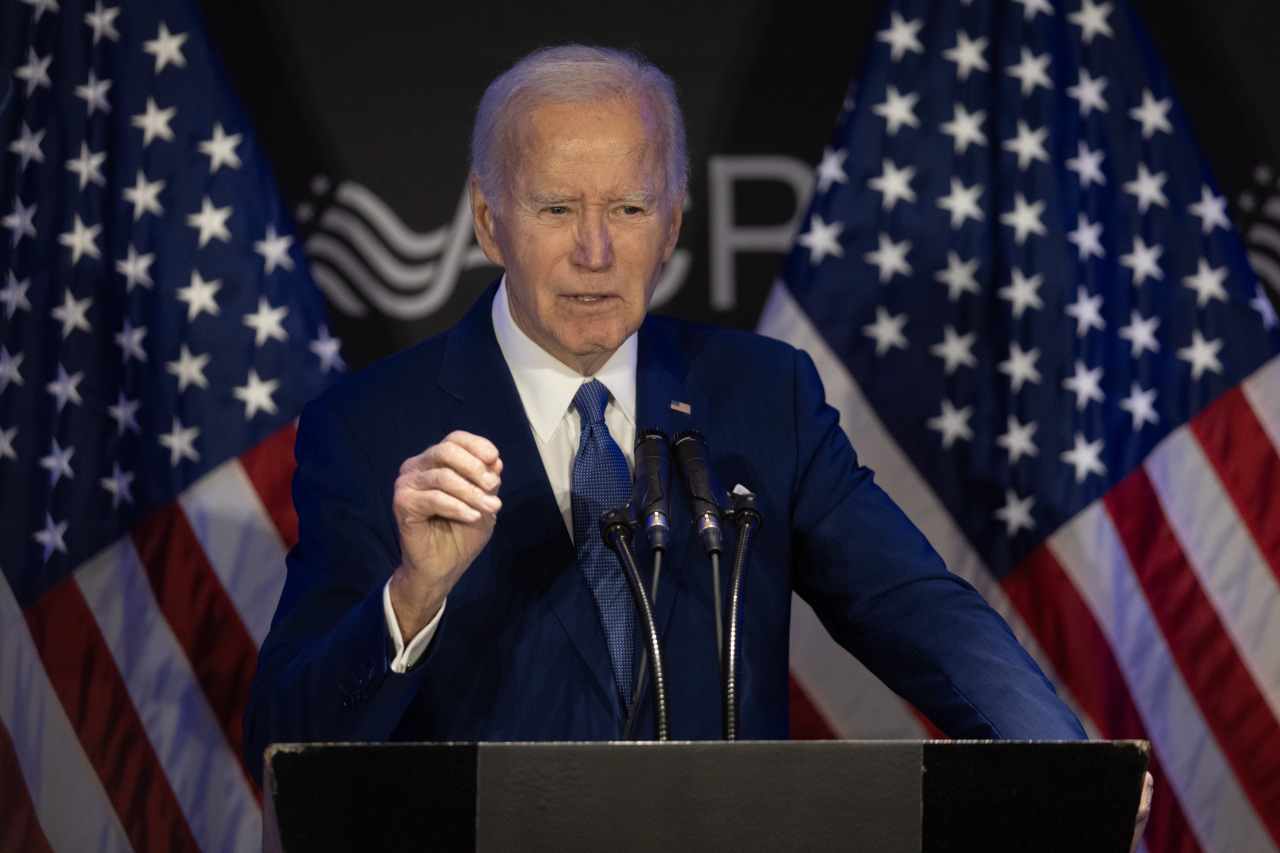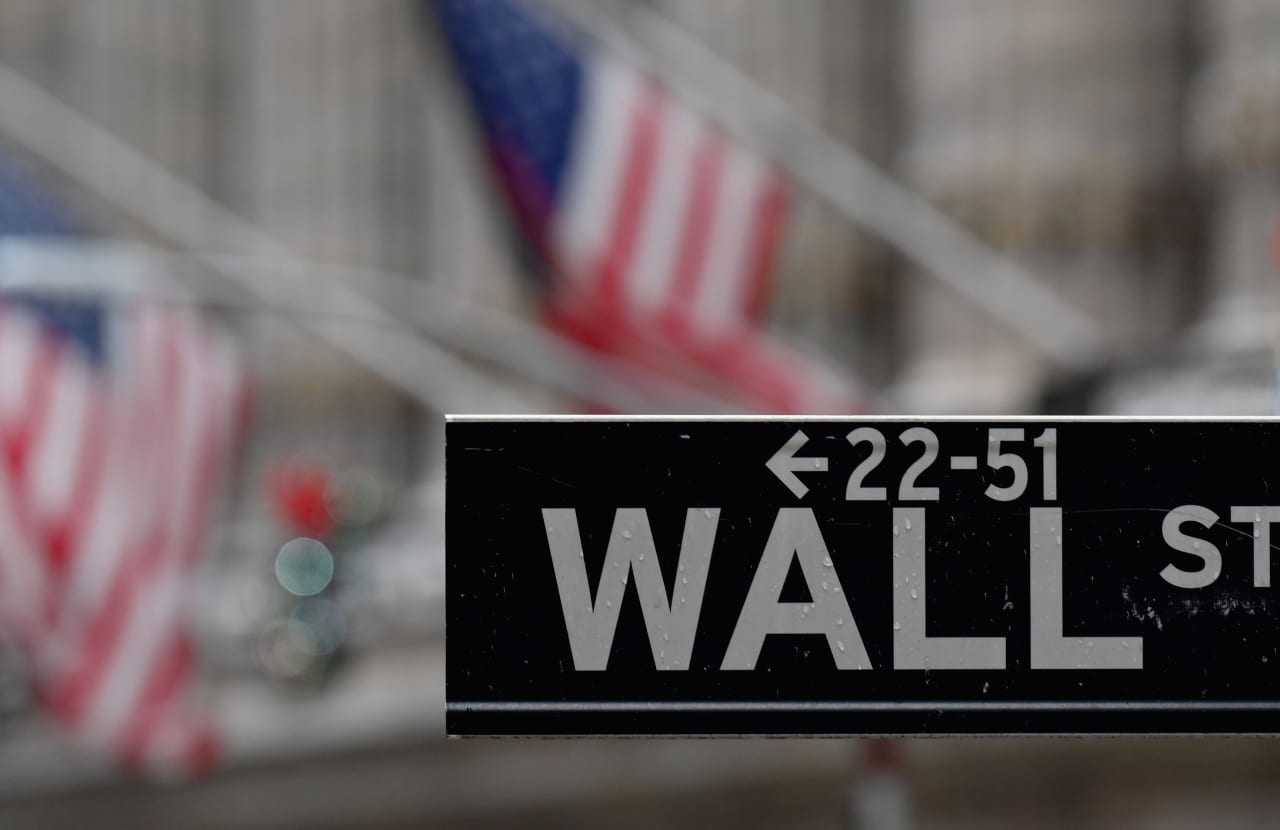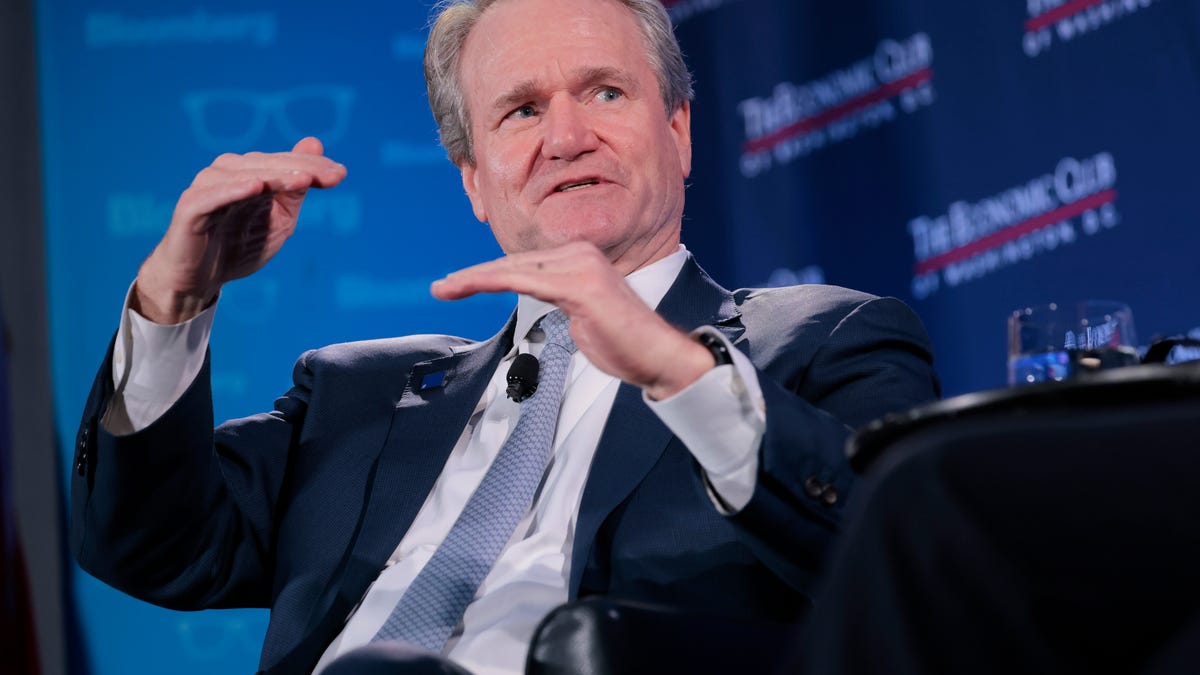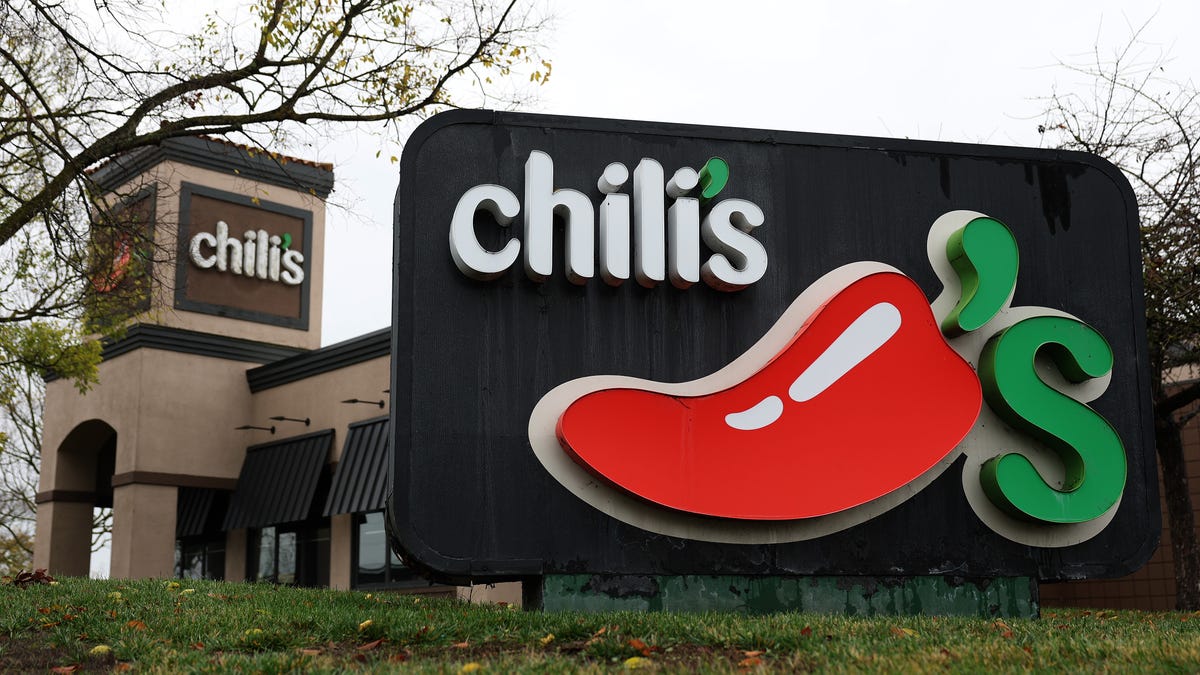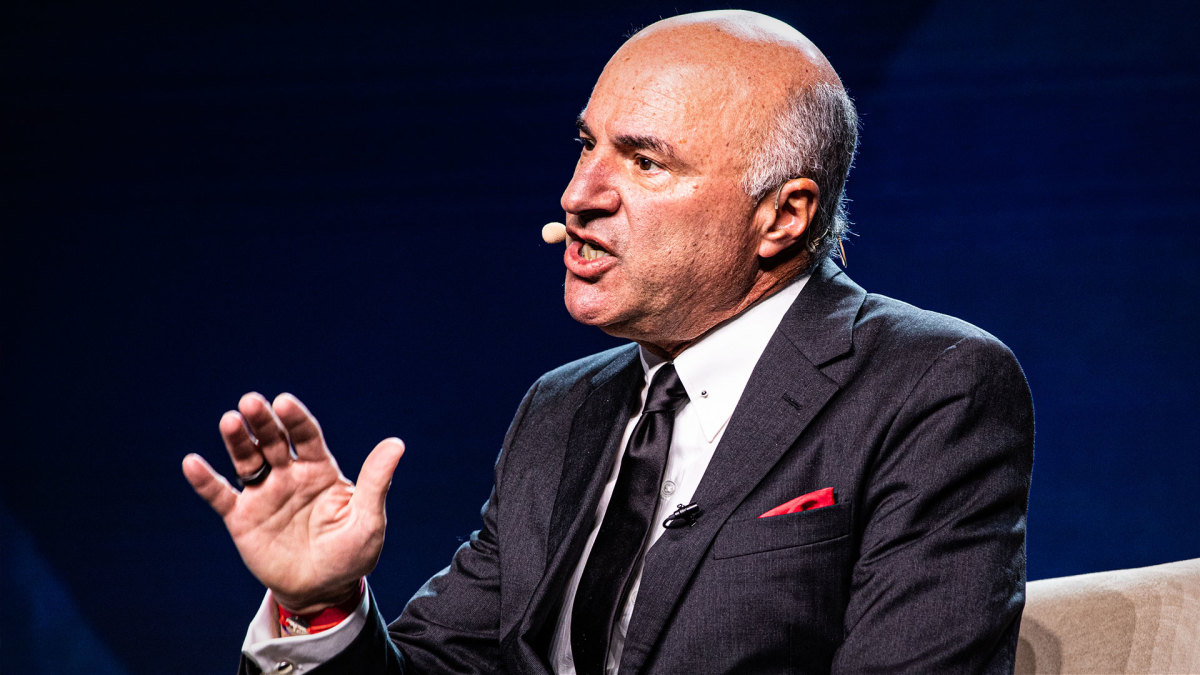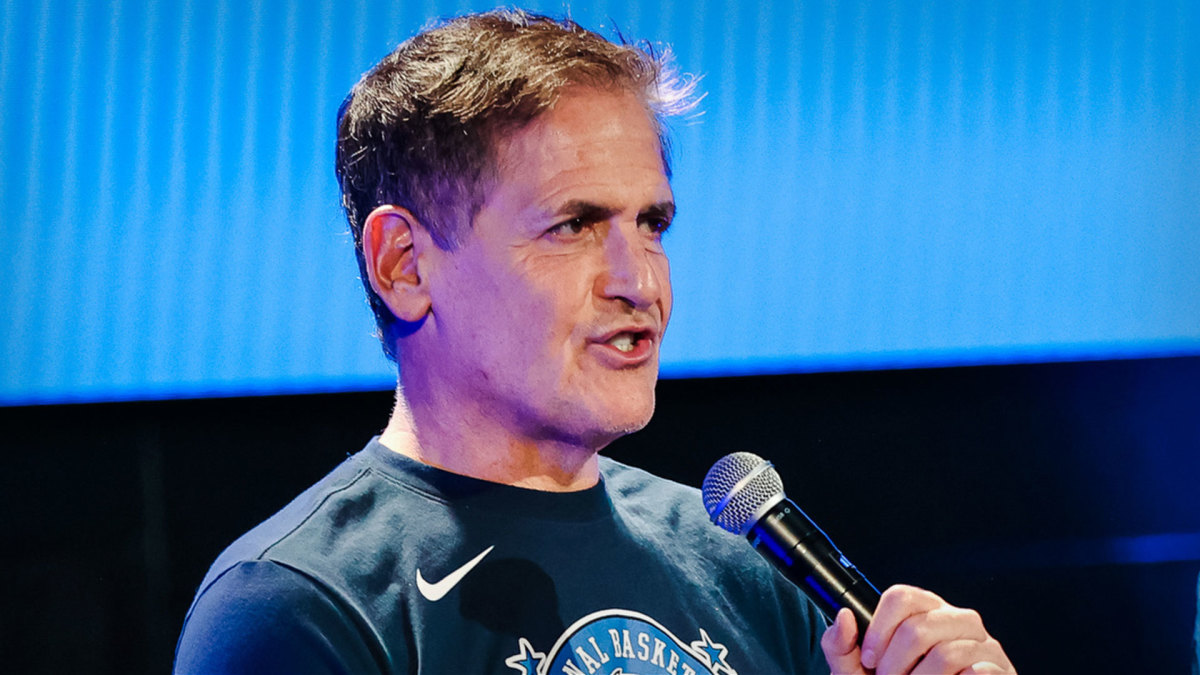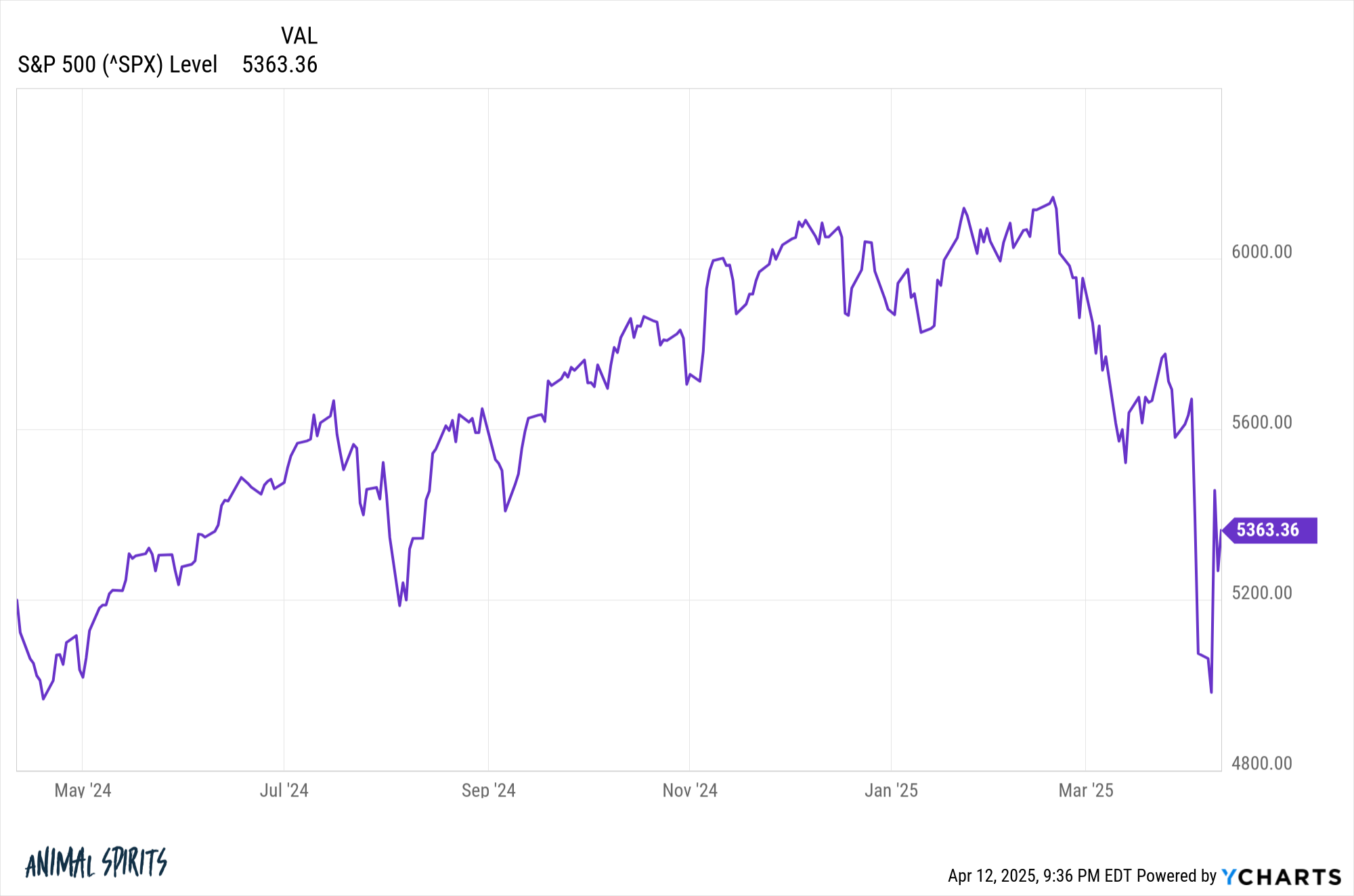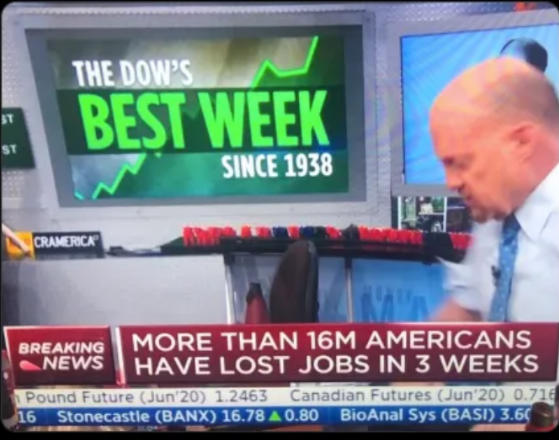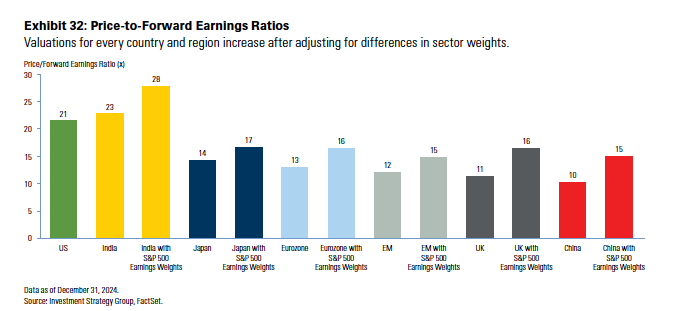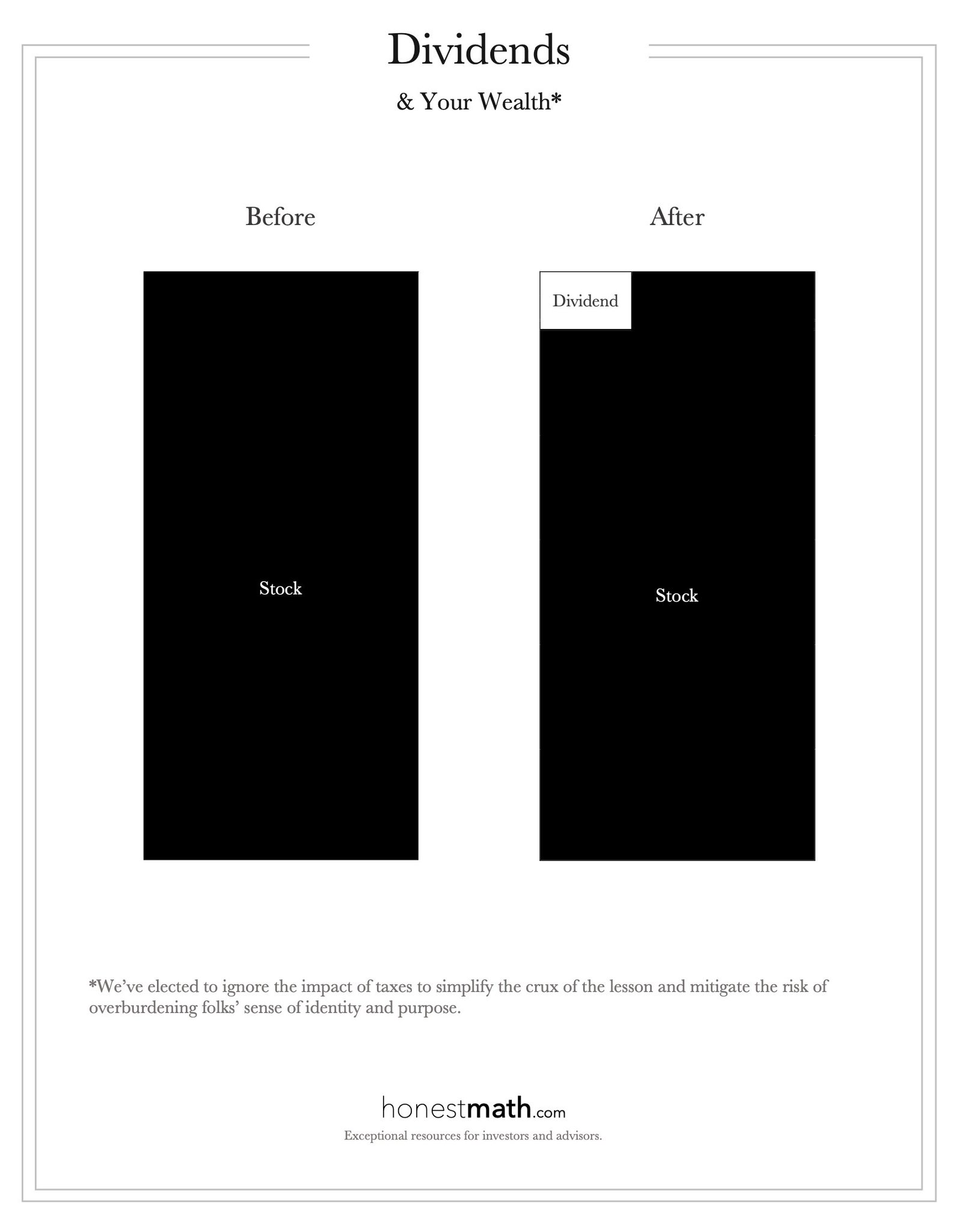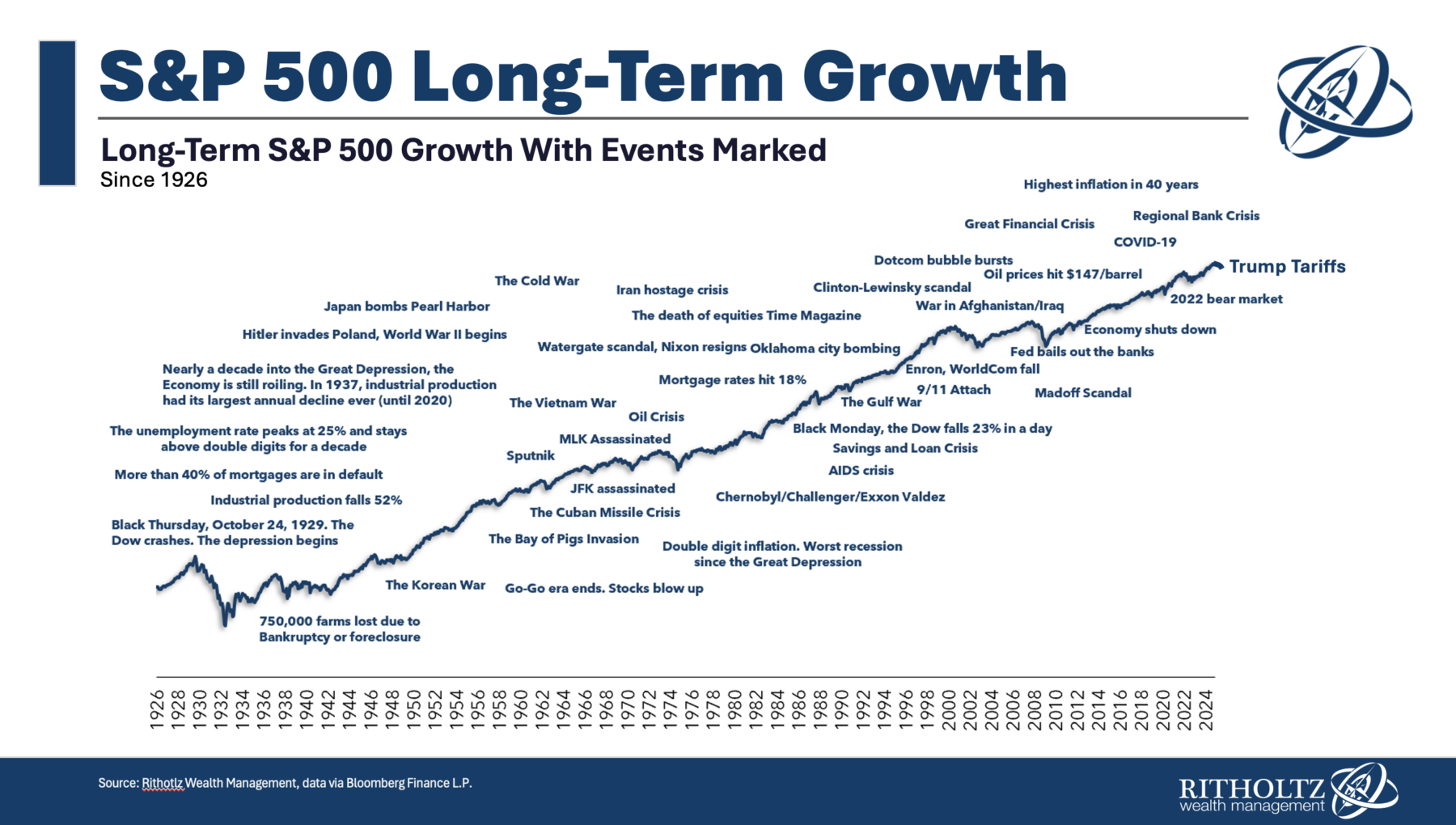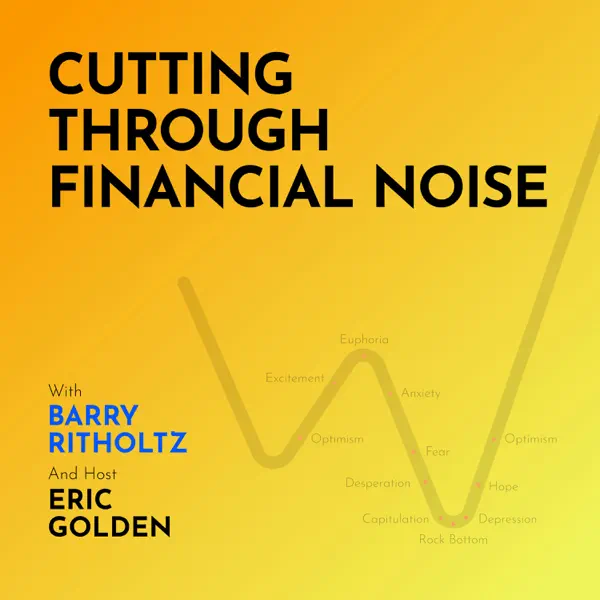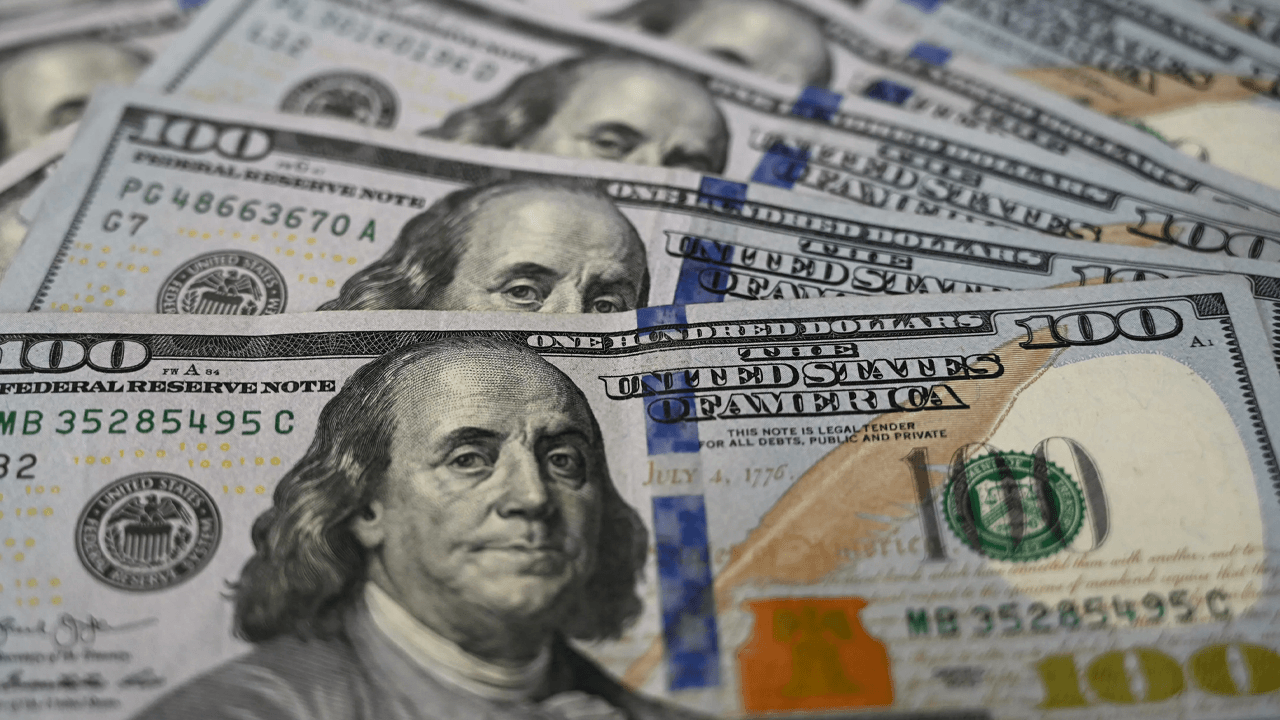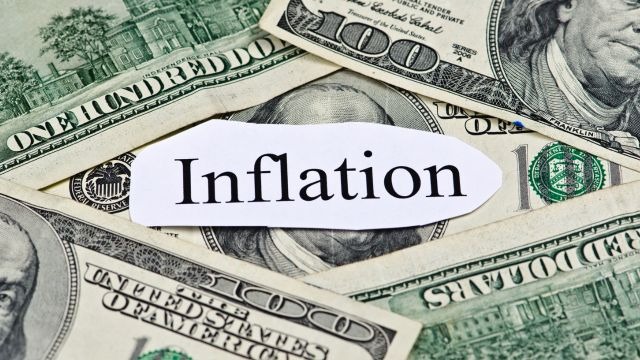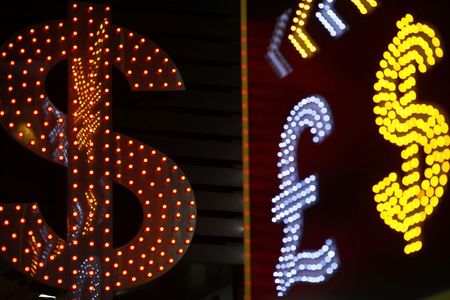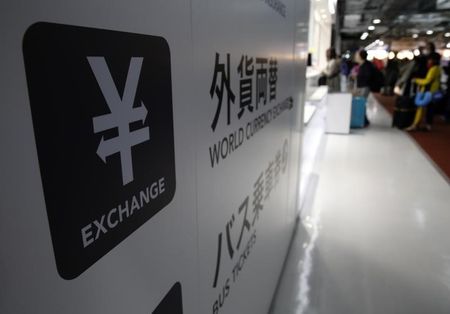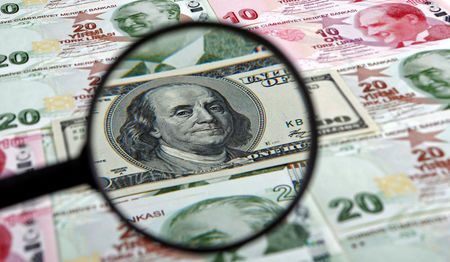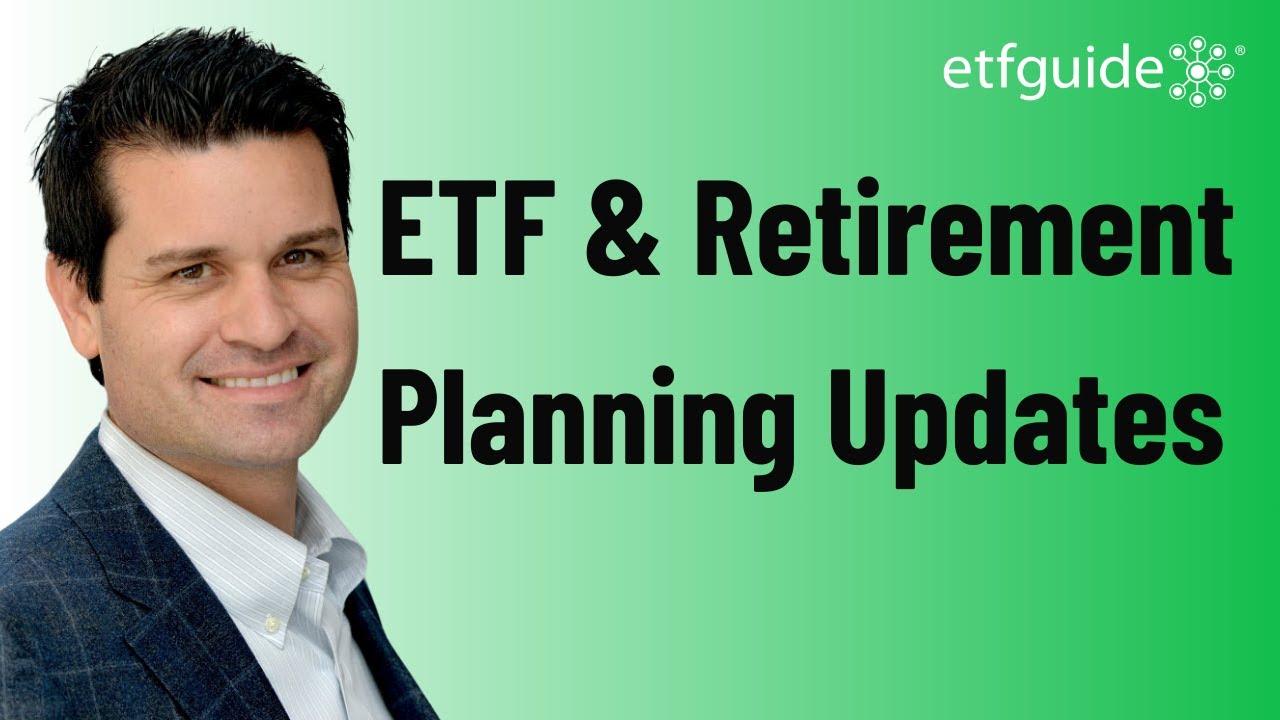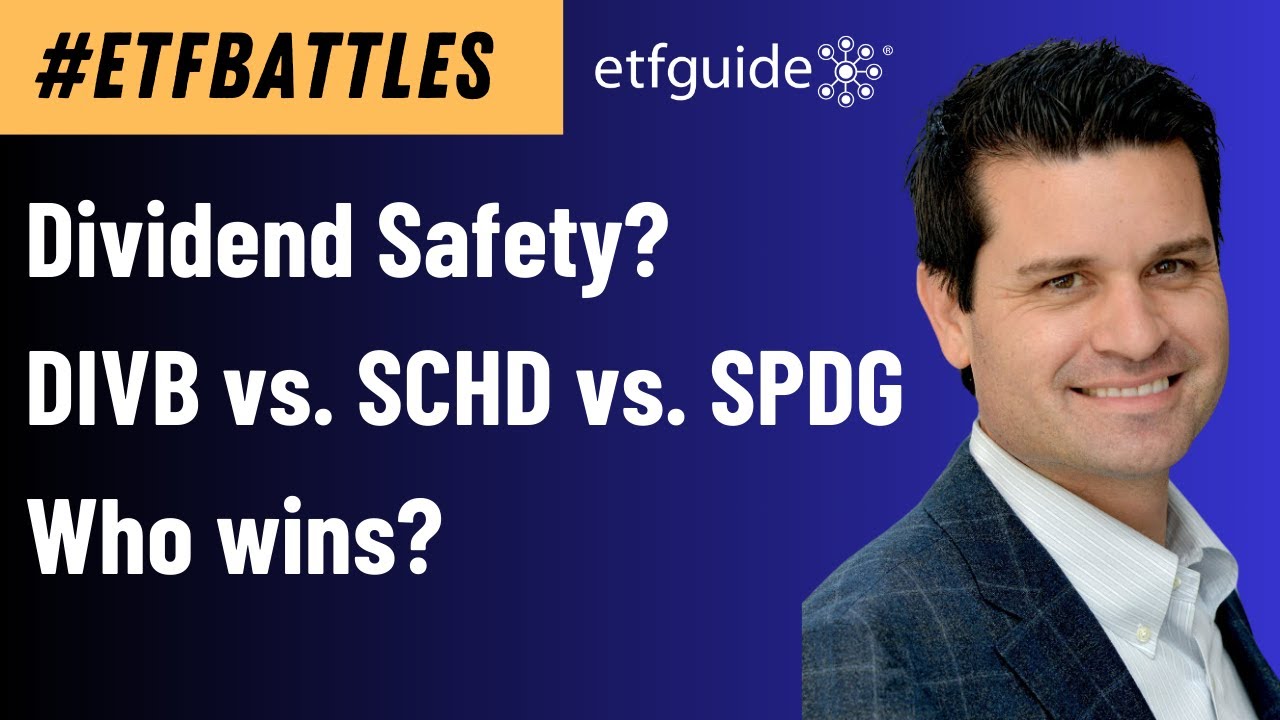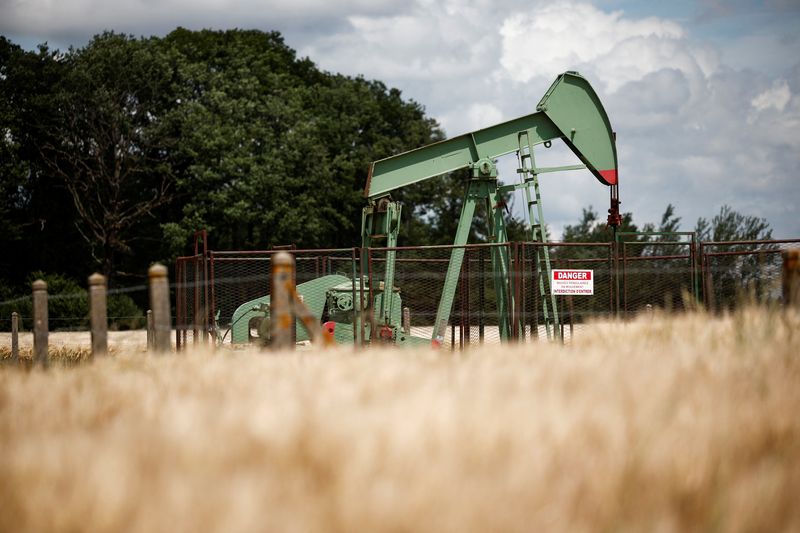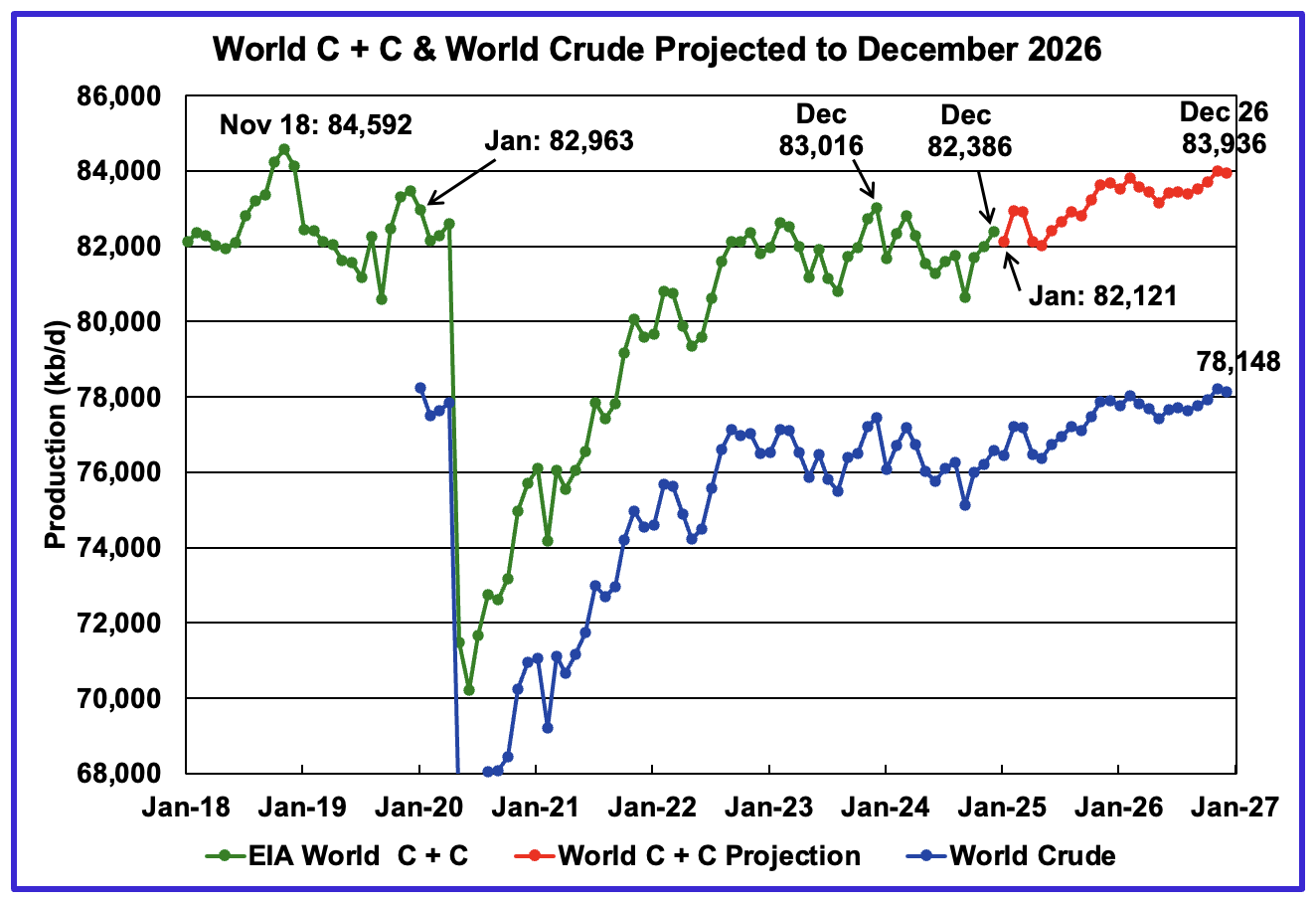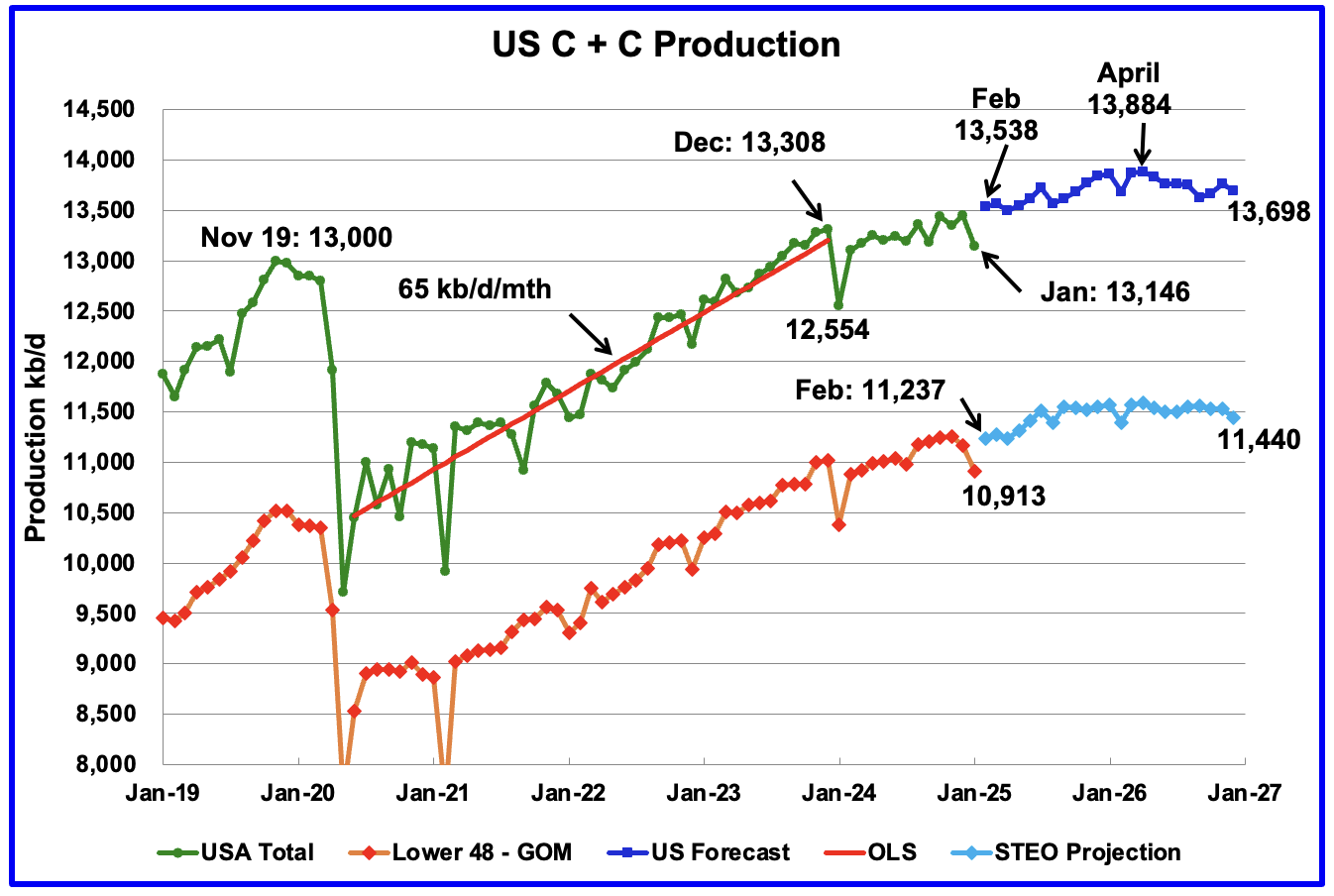My Strategy for Managing Portfolio Withdrawals During Market Volatility: $400K or $360K?
The 4% withdrawal rule for retirement savings has become familiar among younger people thanks to the popularization of the FIRE (Financial Independence, Retire Early) ethos. The FIRE strategy emphasizes aggressive savings, investment and earnings during one’s younger and most productive years. FIRE adherents routinely calculate their target nest egg amount to a size that will […] The post My Strategy for Managing Portfolio Withdrawals During Market Volatility: $400K or $360K? appeared first on 24/7 Wall St..

Key Points
-
Safe Withdrawal Rates for retirees can vary depending on age, lifestyle, tax bracket, inflation, and other factors.
-
Market volatility can cause some to panic sell and others to adjust spending to try to save more cash on hand.
-
Guyton Klinger guardrail, CAPE ratios, and other calculated strategies can help to offset market volatility concerns for withdrawal rates.
-
Are you ahead, or behind on retirement? SmartAsset’s free tool can match you with a financial advisor in minutes to help you answer that today. Each advisor has been carefully vetted, and must act in your best interests. Don’t waste another minute; get started by clicking here here.(Sponsor)
The 4% withdrawal rule for retirement savings has become familiar among younger people thanks to the popularization of the FIRE (Financial Independence, Retire Early) ethos. The FIRE strategy emphasizes aggressive savings, investment and earnings during one’s younger and most productive years. FIRE adherents routinely calculate their target nest egg amount to a size that will afford them their chosen lifestyle, including cost of living adjustments, predicated on an annual Safe Withdrawal Rate (SWR) of 4%. The goal of FIRE is to reach retirement nest egg goals at a young enough age (50s or younger) so that one can still enjoy travel and other experiences during retirement that might not be physically possible when older.
Less publicized is the fact that Bill Bengen, the financial planner who created the 4% SWR, revised it upwards, as the original 4% figure was an average calculation of required annual retirement funds during the 1960s bull market for a comfortable lifestyle.
Recent market volatility resulting from President Trump’s use of tariffs to reset trade policies on a nation-by-nation basis has been creating 2,000 point intraday market swings in the Dow Jones average. As a result, many retirees, both younger and older, are having some panic attacks over the impact of these market swings on the value of their retirement portfolios.
Is Adjusting the Withdrawal Rate a Good Idea?

A FIRE follower posted on Reddit to solicit opinions from others regarding adjusting the Safe Withdrawal Rate to a hypothetical portfolio due to market volatility. He described the circumstances accordingly:
- A $10 million portfolio goes to FIRE on January 31, 2025, and plans for a 4% SWR equivalent to $400,000.
- Someone else with a comparable $10 million portfolio on January 31 2025 goes FIRE at the end of March, and has taken a $1 million valuation drop to $9 million. A 4% SWR would equate to $360,000.
The poster wished to evaluate how many respondents:
- Had adjustments built into their portfolios that would allow them to confidently maintain a $400,000 SWR.
- Would opt to lower SWR to $360,000 due to Sequence of Risk Returns (SORR) concerns adjustments to withdrawals and spending to avoid the risk of running out of savings.
- Increased their SWR and spending by 8-10% in response to Bidenomics and the estimated 9%+ inflation during several over those years.
- What percentage of reduction did those who cut spending and SWR deploy, as FatFIRE retirees often have a bigger cushion, so the cumulative sums could be larger, even if percentages were smaller.
Customized Risk Mitigation

The range of respondents was broad, and reflected a corresponding breadth of risk perception and risk tolerance. Creative solutions were suggested that allowed for subjective customization of risk mitigation for retirement portfolios.
- One of the most pragmatic solutions that garnered props from other respondents used the following formula: Calculate 3-4% of the portfolio gross value on a rolling 3-year basis average with a flat dollar amount “floor”, and keep fixed costs as low as possible. Mechanically this would equate in the sample example to an average $300,000 SWR with a $200,000 “floor”. This would prevent wild swings of the discretionary amount, since the floor would not be reached unless the portfolio drops suddenly to $6 million.
- One respondent admitted to increasing spending by 10% during the Biden high-inflation period. However, he used a CAPE (Cyclically Adjusted Price-Earnings) ratio for SWR, which reduces the amount when the market is overvalued and vice-versa when undervalued. Created by Robert Schiller, CAPE the S&P 500 price vs. average inflation-adjusted earnings over a 10 year period.
- Another respondent recommended the Guyton Klinger Guardrail system, which is based on the portfolio’s value. It usually starts with a 5.2%-5.6% SWR, and adjusts according to the portfolio value each year. If it has appreciated by, say 20%, then increase SWR 50% of the change, which in this case would be 10%. Conversely, one would cut the SWR if the portfolio value went down by the same ratio.
- While some Baby Boomers tend to continue on blissfully oblivious to inflation and the market impact on their portfolios, they are apparently in the minority.
This article is written for informational purposes. Anyone seeking more comprehensive retirement portfolio management advice should seek out a financial professional for guidance.
The post My Strategy for Managing Portfolio Withdrawals During Market Volatility: $400K or $360K? appeared first on 24/7 Wall St..



